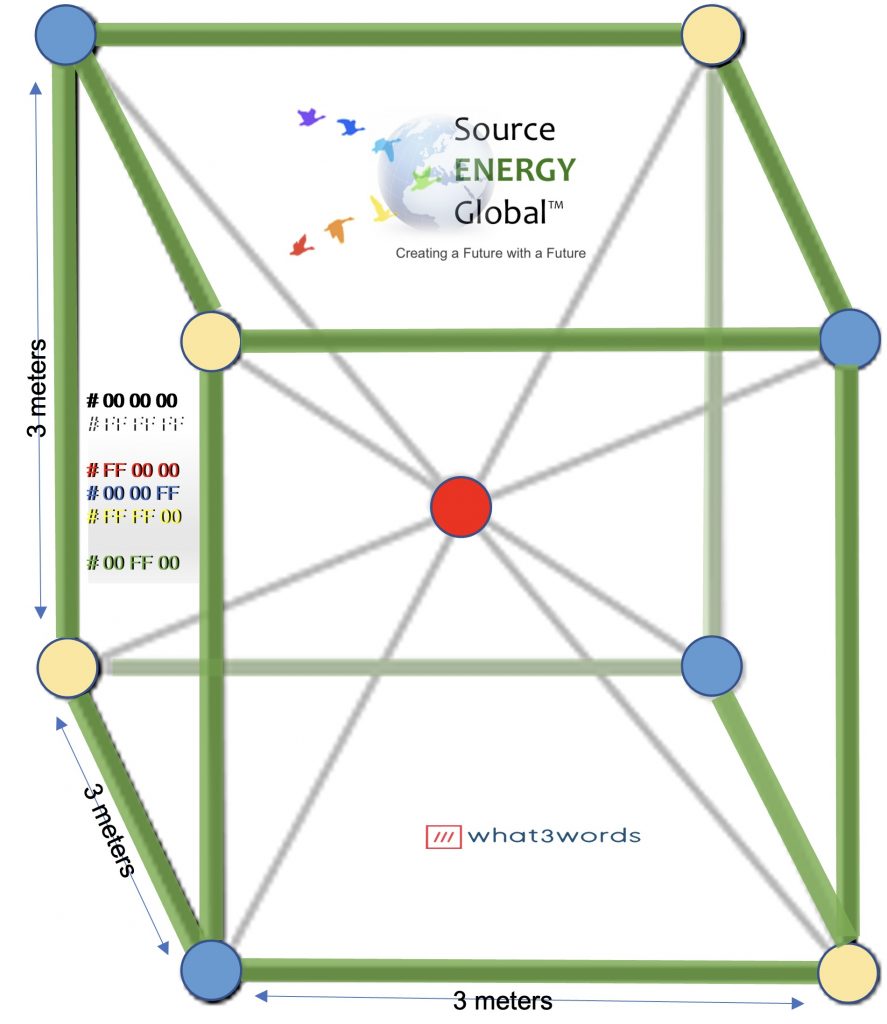15. Identification of TCE in Plants15.
| 15 | MFS-TOPS-53 | Tool for Rapid Identification of TCE in Plants |
Dear Dr. Oliver Jones,
The Tool for Rapid Identification of TCE in Plants introduces an invaluable mechanism for monitoring environmental health, particularly concerning the toxic compound trichloroethylene (TCE). This tool is not merely an application of technology but a significant development in line with the precepts of the Wealth Ecology Model, touching on each of its pillars: Energy, Technology, Community, and Education.
Wealth Ecology Model Applications:
- Energy: One of the core advantages of this tool is its energy-efficient operational model. The fast and accurate detection of TCE in plants allows for prompt remediation efforts, which, in turn, can avert broader environmental degradation and the high energy costs associated with large-scale cleanup initiatives. As emphasized by the Wealth Ecology Model, energy efficiency plays a pivotal role in generating sustainable wealth, both economic and environmental.
- Technology: The sensing technology employed by this tool highlights the need for interdisciplinary collaboration between fields such as environmental science, material engineering, and information technology. Within the Wealth Ecology Model framework, technology serves as a conduit for the creation of tangible and intellectual wealth. The tool itself stands as a technological asset that could spur additional innovations in environmental monitoring and data analytics, thereby contributing to a more holistic wealth ecosystem.
- Community: The capability for rapid TCE identification has an immediate and meaningful impact on community health and wellbeing. Exposure to TCE is known to have various health implications, and the tool’s role in environmental monitoring can serve as a critical element in community safety. In line with the Wealth Ecology Model, the ability to safeguard communal spaces enriches the collective wealth of a community by preserving health and fostering a cleaner living environment.
- Education: Educational institutions can significantly benefit from this tool by incorporating it into environmental science curricula. It provides a practical lens through which students can engage with contemporary challenges in environmental health. This aligns perfectly with the Education pillar of the Wealth Ecology Model, emphasizing that education is not merely an avenue for personal development but a critical medium through which communities can amass intellectual wealth, driving societal progress and resilience.
In summary, the Tool for Rapid Identification of TCE in Plants is a quintessential example of how multi-disciplinary advancements can be harmoniously integrated within the Wealth Ecology Model. Its potential contributions to energy efficiency, technological innovation, community wellbeing, and educational enrichment make it an essential asset in the global endeavor to integrate the Wealth Ecology Model into every facet of life.
Respectfully, SourceEnergy Group R&D

